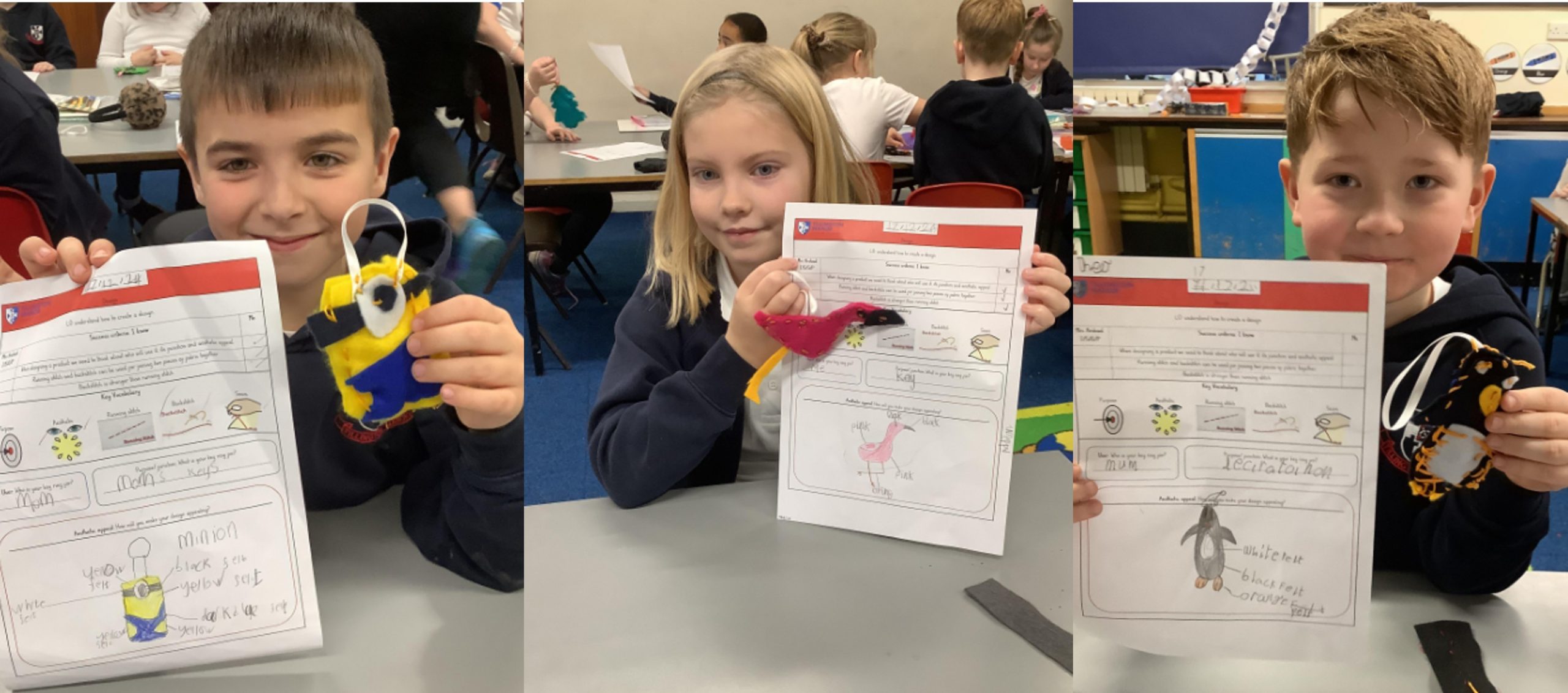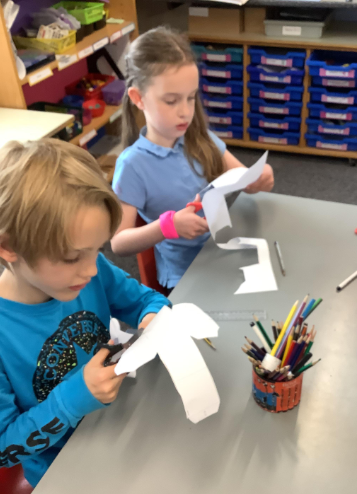Design AND Technology
Aims and Objectives
Design and technology helps to prepare children for the developing world. The subject encourages children to become creative problem solvers, both as individuals and as part of a team. Through the study of design and technology, they combine practical skills with an understanding of aesthetic, social and environmental issues. Design and Technology helps all children to become discriminating and informed consumers and potential innovators. It should assist children in developing a greater awareness and understanding of how everyday products are designed and made.
The national curriculum for design and technology aims to ensure that all pupils:
- develop the creative, technical and practical expertise needed to perform everyday tasks confidently and to participate successfully in an increasingly technological world
- build and apply a repertoire of knowledge, understanding and skills in order to design and make high-quality prototypes and products for a wide range of users
- critique, evaluate and test their ideas and products and the work of others
- understand and apply the principles of nutrition and learn how to cook
Wherever we look, evidence of design is all around us. From chairs to hospital equipment, from clothes to websites, from advertisements on the side of a bus to playground equipment, everything has been designed.

Teaching and Learning
At Tillington Manor we follow the PKC scheme of work.
Two different ‘aspects’ of design are interwoven into the three areas of study: the environment and sustainability, and enterprise and innovation. These ‘aspects’ acknowledge enduring and contemporary concerns of modern design.
The curriculum is split into three different areas: ‘cook’, ‘sew’ and ‘build’. It is designed so that each year group will complete a unit of work in these three different areas once a year.
Each unit specifies the concepts and skills which the students are expected to learn over the course of a unit. These concepts and skills progress gradually throughout the course of the six years of study.
In ‘cook’ students learn to cook from recipes which gradually build basic culinary skills, culminating in year six with the creation of a mezze-style meal requiring the pupils to produce various small dishes. Whilst studying these practical skills they learn about concepts relating to food such as nutrition, seasonality, food production, transportation and food from different cultures. In each session the children cook from one recipe.
In ‘sew’ students practise using fabric and thread to learn basic sewing techniques to create objects which demonstrate embroidery, appliqué, weaving and plaiting. Concepts such as the properties and creation of different fabrics, fast fashion, industrialisation, waste, recycling and pollution are interwoven into these activities.
In ‘build’ students learn about the creation of structures and mechanical and electrical devices to create products such as cars, moving cards, toys and books. This culminates with year six learning to consider the user in real life, designing a water wall for children in reception. Once again, the practical process of designing and creating a product is interleaved with learning about concepts which have a bearing on what the students make. These concepts, for example force, motion and the properties of materials are often connected with those encountered in the science curriculum.
The sequence of lessons in the ‘sew’ and ‘build’ areas of study follow a structure to enable the students to become familiar with, understand and practise the process of design: research and investigate, design, make, use and evaluate.
The planning for each unit of work specifies the product the children will make, the purpose and user of the product. This specification acknowledges the importance of purpose and user within in the design process.
Throughout the course of the lessons the students explore existing products and their uses, generate ideas and designs by creating drawings and prototypes against criteria which they devise having considered purpose, function and appeal. Evaluation against these criteria concludes the process.

During DT sessions, children are encouraged to be inquisitive about the way products work.
How you can help at home:
- investigate uses of materials
- cooking and exploring nutritional value
- using construction sets
- encouraging your child to make improvements to their design
Click here to see the DT overview
Click here to see how DT fits with SMSC